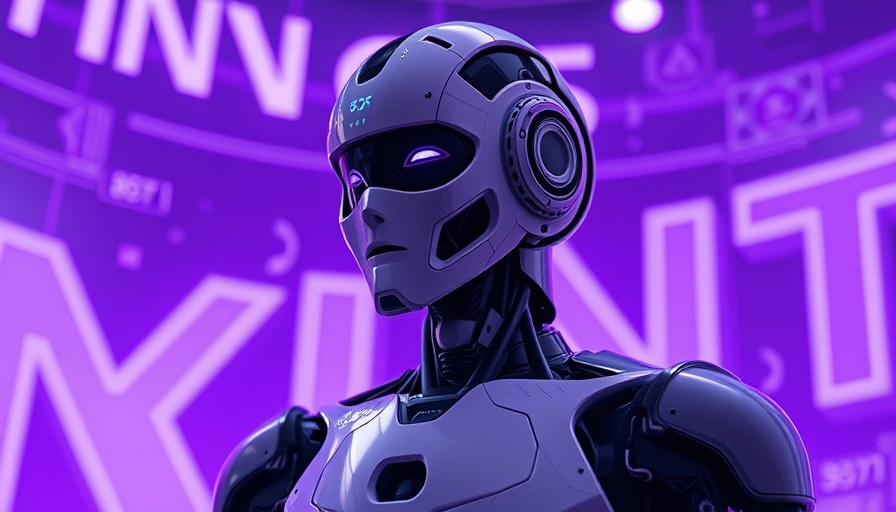
Unlocking the Potential of Affordable Tech
Imagine transforming a simple temperature and humidity sensor into a customizable gadget that fits your needs perfectly—all for just a dollar. This is the reality presented by Maker’s Fun Duck, who turned a generic sensor into a versatile tool through custom firmware. Using accessible components like the low-power ARM Cortex M0 and a basic LCD, Duck has shown how anyone can explore the world of DIY tech and home automation.
Adventures in DIY: The Joy of Customization
For those unfamiliar with firmware development, it may seem daunting, yet Duck's journey illustrates a compelling narrative. The sensor features a basic microcontroller that supports Bluetooth communication, offering endless possibilities if one dares to venture into programming. A notable focus on user-friendly development has combined with the existing online support via SDKs, making it easy for hobbyists to tinker and learn.
Why Custom Firmware is Key
Customization opens the door to myriad applications. Looking beyond mere temperature readings, with the right firmware, a low-cost sensor could be transformed into anything from a countdown timer to a remote-controlled metering device. This not only fosters ingenuity but could also shed light on issues of energy efficiency in smart homes, simultaneously aligning with sustainable living trends. It’s about making technology work for you—tailored to the unique flutter of your daily life.
The Community Catalyst: Collaboration and Open Source
Many of these ideas ripple out from the growing maker community, encouraging collaboration and sharing. Platforms like Thonny IDE or Arduino IDE ease the firmware creation process, while forums provide troubleshooting support. The practice of contributing back to the open-source community enhances learning and encourages a spirit of innovation—a hallmark of the DIY ethos.
Beyond the Basics: The Hurdles and Learning Curve
However, this path isn’t without challenges. Understanding I2C protocols, choosing the right tools, and managing hardware constraints can be a steep learning curve. For newcomers, it’s crucial to embrace failure as part of the journey. Through persistence and shared knowledge, one can evolve from novice to expert in a world that values creativity and resourcefulness.
Future Trends: The Smart Living Ecosystem
The growing trend of integrating low-cost sensors into smart living aligns with larger discussions on technology's role in daily life. As more users turn to affordable, customizable tech solutions, we can expect to see innovative devices that support broader environmental goals, such as energy conservation and improved quality of life. Duck's venture could be just the tip of the iceberg in a burgeoning movement towards personalization and sustainability in technology.
In conclusion, the beauty of DIY tech lies not only in its ability to empower individual creators but also to pave the way for collective progress. By tapping into available resources and harnessing community support, you can transform the ordinary into the extraordinary. So why not take a leap? Your next great invention might just be a firmware flash away!
 Add Row
Add Row  Add
Add 




Write A Comment